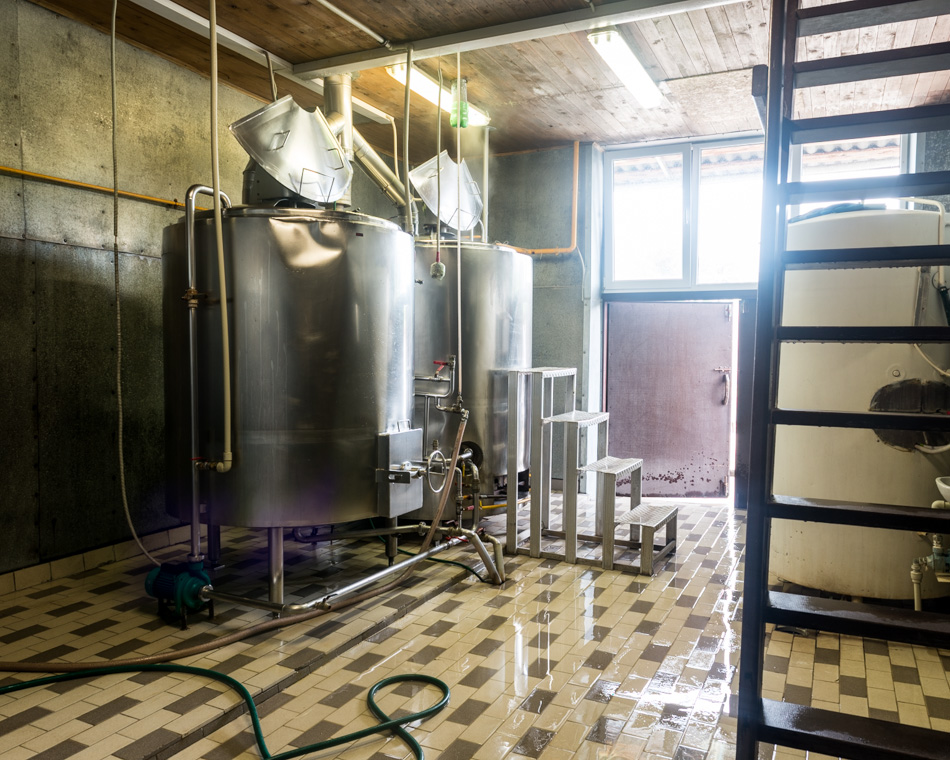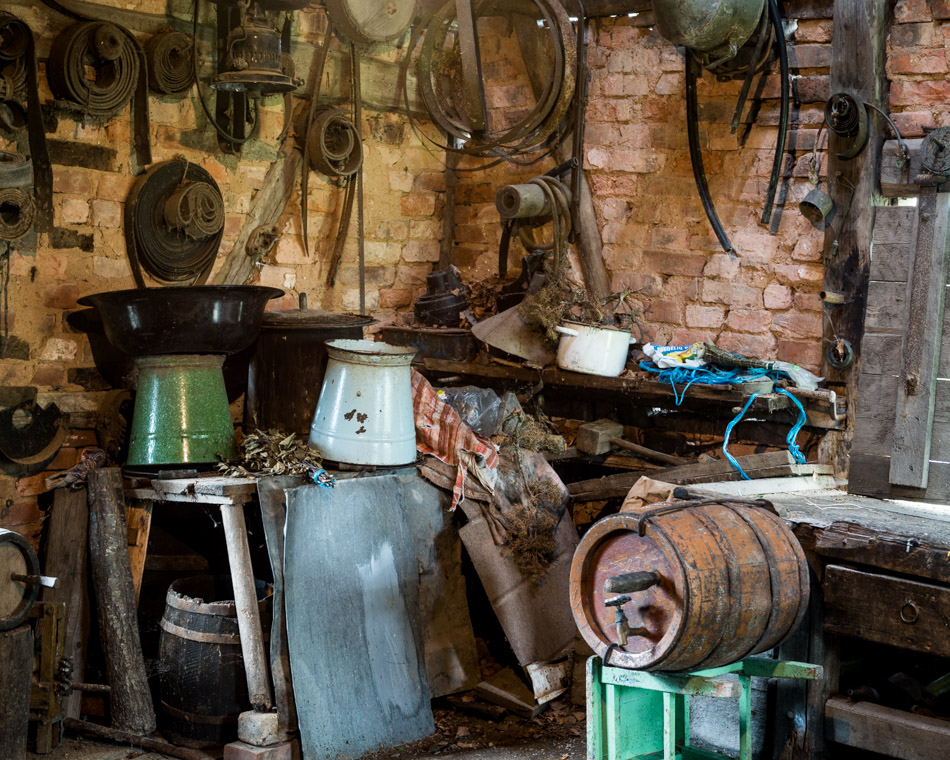It is hard to imagine a better job offer than being asked to travel round Lithuania with your brother and sister drinking beautiful, beautiful fresh beer, meeting crazy, friendly people and eating good food (mostly cheese and sausage, it has to be said) - oh, and taking the odd photo.
As my brother is a brewer with his own rather spectacular brewery (Wiper & True) and I am a photographer with a strong interest in alcohol, Norwegian's inflight magazine "N" thought we would be the perfect team to head over to Lithuania and see what the fuss was all about. Our sister tagged along for the ride, although she spent most of the trip in a hung-over stupor - actually, we all did - I don't think there was a minute of the day between 9:30am and 3am that we didn't have a beer, a sausage and a piece of cheese in our hands.
Below you can read the whole article. We simply could not have done this without the help of Martynas Savackis and Saulius Prasmantas who run the beer blog Tikras Alus - they set the whole weekend up for us, took time off work to drive us around Lithuania, introduced us to their families, fed us, gave us beer, and were the warmest most charming hosts you could possibly wish for. Thank you also to all the characters along the way who took us into their breweries and homes and regaled us with stories and more beer, and sausage and cheese.
A short history of beer in Lithuanian
We sent a UK brewer to check out Lithuania’s resurgent live ale scene – he found phenomenal beers made with eccentricity and charm.
Words: Michael Wiper · Photos: Alastair Philip Wiper
Lithuanian brewer Andrius Perevičius makes a stunning dark red ale using wild clovers. We’ve sunk a few together and are getting quite companionable when he makes me an unusual offer. “You can have one of the wives I rejected,” he says with a wink. It’s not as kinky as it sounds when you know that Perevicius is also the star of a Lithuanian reality television show called Find the Brewer a Wife, as part of which he has so far rejected six potential life partners.
I’m visiting his family brewery Piniavos Alutis, in the northern town of Panevėžys, which he runs with his father along with their log cabin pub nearby. The televised task of finding a wife is doubly hard because, as well as a winning personality, she needs to know her beer. Potential wives have to pull pints, shovel grain and taste-test beer to stand a chance with the bachelor brewer, who is resplendent in a red, floral-patterned shirt when we meet.
Beer, you see, is important in Lithuania. In this small Baltic country, small-scale brewers like Perevicius have been making gyvas alus (“live ale”) for more than 1,000 years. They use practices that make the beers here utterly unique – I know, because I’m a boutique brewer in the UK and I have never tasted anything like the Lithuanian countryside beers. They tend to leave their beer unboiled; use plants like clovers and peas, and strange hop varieties; and are known to bake bread to mash into the beer – all of which are bizarre practices to a conventional brewer like me, but which create a wild and earthy character to Lithuanian beer that is strangely magical.
The key to understanding Lithuanian live ale, however, is the yeast. While most brewers pasteurise or filter out their yeast from the finished beer, here the countryside brewers leave it in as a crucial, living ingredient. It produces a thick, silky palate and is the factor that sets Lithuanian beer apart. What’s more, according to some recent research that has caused a stir in the brewing world, the kinds of yeasts used in Lithuanian beer bear no resemblance to other brewing yeasts. The alus brewers are heir to a truly unique strain.
I’m traveling with my sister and photographer brother on an unlikely family trip and we’ve come on a four-day visit to the north of the country, up near the Latvian border, an area which is considered the beer-brewing heartland. We are being shown around by Martynas Savickis and Saulius Prašmantas, the men behind the Tikras Alus association of beer lovers and its essential blog, tikrasalus.lt (fineale.com, if you’d prefer). They’re so keen to get the word out about their passion they’ve taken time off work to drive us around the country, and act as translators and educators. They’re not only warm, humble, charming hosts, but they’re doing more than anyone to promote a vital part of Lithuania’s heritage.
That history, they explain, is a rich one. While the main towns of Lithuania all have commercial breweries, it’s the farmhouse breweries that have kept the traditional beer recipes alive over the centuries. So important was this business that when the invading Swedes destroyed the town of Biržai in 1704, the first thing the townspeople rebuilt, before the church, the school or the castle, was the local brewery. Beer was so central to culture in this part of Lithuania that brewers would be invited to weddings and funerals, where they would act as “beer DJs,” mixing strong, medium and weak ales to keep the crowd at just the right level of inebriation.
When the Baltic States were swallowed by the Soviet Union in 1940, home brewing was outlawed as the government promoted cheap vodka. Beer- making was pushed underground and the culture of live ales almost disappeared completely. Since independence in 1990, 200 breweries reopened (though only about a third survived), and the old traditions are returning. If you go on a pub crawl around the quirky capital, Vilnius (this is a city where they replaced a statue of Lenin with one of Frank Zappa) you can drink an incredible array of great live ales and other craft beers, many from the northern countryside.
“Suddenly, bars want to stock traditional beers, and there’s this new pride in our beer heritage,” says Martynas Savickis. “We have a live beer scene again.”
Andrius Perevičius, the fussy wife-hunter, says: “When communism collapsed, everyone rushed to westernise and modernise. We threw out our wooden chairs and bought plastic ones, and fell in love with big brands – anything that was the opposite of communism. But now we’re realising the plastic chairs aren’t as comfortable; we’re going back to wooden chairs and realising tradition is not such a bad thing. Making beer the old way is a big part of that.”
One of the people that Savickis and Prašmantas met through their blog was Julius Simonaitis, an old brewmaster from Pasvalys, which is one of the five main areas of North Lithuania’s beer country (the others are Biržai, Pakruojis, Panevėžys, Joniškis.) Simonaitis only shares his incredible beer with friends and relatives, but we go to meet him at his home in the countryside. Painted in rustic Technicolor, it could be a living museum of traditional brewing. He has his own well of pure water, fields of homegrown malt and plantations of hops growing six metres tall, which he dries in his bedroom.
But the real magic happens in his rickety wooden outhouse, where he brews his beer in ancient barrels and has his own sauna. “The sauna is a key part of the brewing process, not just because it sterilises the room,” Simonaitis says. “I invite all my neighbours around, and we sit and chat and drink beer. Once we have been through this ritual, then we can brew.”
The results are spectacular – a malty farmhouse ale with hints of lemon and spice. Savickis and Prašmantas, who are clearly great friends with the old man, have invited him to countless meetings to talk about his brewing secrets.
Simonaitis isn’t the only character making great beer around these parts. In nearby Jovarai is a home brewery run by Aldone Udriene, better known as the “Queen,” who sells her beer around the country. She’s respected not only for her luscious, sweet amber ales, but also for her talent for survival: she’s lived through a gas explosion (in which she suffered fourth-degree burns), a hot-air balloon crash and a shipwreck. Still, when she started her brewery in 1991 she was afraid neighbors would throw rocks through her windows for getting their husbands drunk.
Her home brewery is a magical place – three German cyclists passed by recently, tried a beer and ended up staying for three days. They would have learned about her passion for hats (she makes me wear some of her large collection) and obsession with rocks. She once found a large rock that had been split by a bolt of lightning – after taking one half home, she couldn’t sleep until she hired a lorry to pick up the other half, breaking a leg in the process.
Beer is her main passion, fuelled by reigniting her grandfather’s trade. “There was no choice, I had to do it,” she explains, while handing us home-smoked pork and freshly baked rye bread to soak up our beer.
The beer is made the same, simple way her grandfather did it. The lack of boiling means a shorter shelf live, but also gives the beer wild and earthy notes that add to its charming complexity. Most importantly, she has managed to keep going a unique family yeast strain that is the backbone of her beer. Many of the strains around here are well protected by families, so they’re less well understood than conventional brewers’ yeast, to which they bear little or no resemblance. This yeast is sacred and is treated with utmost respect; Udriene makes sure she never argues or cusses in front of her yeast. “Yeast must be kept happy!” she says.
It’s a similar story for husband-and-wife brew team Jelena and Arturas Gurai, who run a brewery in Paliuniskis that turns out ales that are punchy, fruity and fresh. Jelena is of the same mind as Udriene: “You can’t argue around the yeast or else it will spoil.” She points to a floor-to-ceiling pipe in the couple’s stainless-steel brewery and let’s me in on another brewing secret. “If I pole dance for my husband while he makes the beer, it comes out really good.” Somehow, in Lithuania, this makes perfect sense. Learn about Michael Wiper’s craft beer, Wiper And True, at wiperandtrue.com






























